Growth in Automotive Sector
The Polymer Dispersed Liquid Crystals Market (PDLCs) Market is poised to benefit from the rapid advancements in the automotive sector. As vehicle manufacturers increasingly focus on enhancing user experience and safety, the incorporation of PDLCs in automotive displays and windows is becoming more prevalent. These liquid crystals provide features such as variable opacity and improved visibility, which are essential for modern vehicles. The automotive display market alone is expected to grow significantly, with projections indicating a value of over USD 30 billion by 2025. This growth is likely to create substantial opportunities for PDLCs, as they offer innovative solutions that align with the automotive industry's shift towards smart technologies and enhanced functionality.
Emerging Applications in Healthcare
The Polymer Dispersed Liquid Crystals Market (PDLCs) Market is beginning to explore emerging applications within the healthcare sector. PDLCs are being investigated for use in medical devices, such as diagnostic equipment and patient monitoring systems, due to their unique optical properties. The ability to control light transmission and create variable opacity can enhance the functionality of medical displays and imaging systems. As the healthcare industry increasingly adopts advanced technologies, the demand for innovative solutions like PDLCs is likely to rise. Market analysts project that the healthcare technology market will reach USD 500 billion by 2025, suggesting a substantial opportunity for PDLCs to penetrate this sector. This potential growth could lead to significant advancements in medical technology, driven by the integration of PDLCs.
Consumer Electronics Market Expansion
The Polymer Dispersed Liquid Crystals Market (PDLCs) Market is benefiting from the expansion of the consumer electronics market. As manufacturers strive to create more interactive and visually appealing devices, the demand for advanced display technologies is increasing. PDLCs offer unique advantages, such as flexible displays and energy efficiency, which are highly sought after in smartphones, tablets, and televisions. The consumer electronics market is projected to grow to USD 1 trillion by 2025, indicating a robust demand for innovative display solutions. This growth is likely to drive the adoption of PDLCs, as companies seek to differentiate their products in a competitive landscape. Consequently, the PDLCs market is expected to experience significant growth, fueled by the ongoing evolution of consumer electronics.
Rising Demand for Smart Glass Applications
The Polymer Dispersed Liquid Crystals Market (PDLCs) Market is experiencing a notable surge in demand for smart glass applications. This trend is largely driven by the increasing adoption of energy-efficient technologies in architectural designs. Smart glass, which utilizes PDLCs, offers dynamic control over light and privacy, making it an attractive option for modern buildings. According to recent estimates, the smart glass market is projected to reach approximately USD 6 billion by 2026, indicating a robust growth trajectory. This growth is likely to propel the PDLCs market as manufacturers seek to innovate and enhance product offerings to meet the evolving needs of architects and builders. Furthermore, the integration of PDLCs in automotive applications is also gaining traction, suggesting a broader acceptance of this technology across various sectors.
Increased Investment in Research and Development
The Polymer Dispersed Liquid Crystals Market (PDLCs) Market is witnessing a surge in investment directed towards research and development. This trend is indicative of the growing recognition of PDLCs' potential applications across various fields, including consumer electronics, healthcare, and security. Companies are increasingly allocating resources to develop advanced PDLC formulations that enhance performance and durability. Recent data suggests that the global investment in liquid crystal technology could exceed USD 1 billion by 2025, reflecting a strong commitment to innovation. This influx of funding is likely to accelerate the development of next-generation PDLC products, thereby expanding their market presence and applications. As a result, the PDLCs market is expected to evolve rapidly, driven by technological advancements and enhanced product offerings.


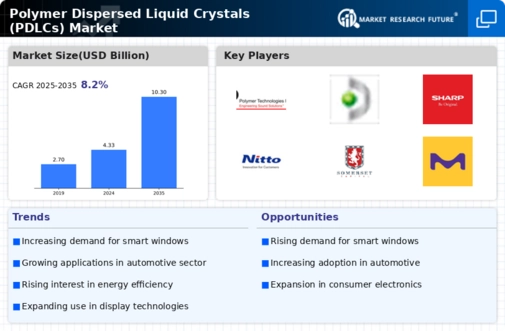
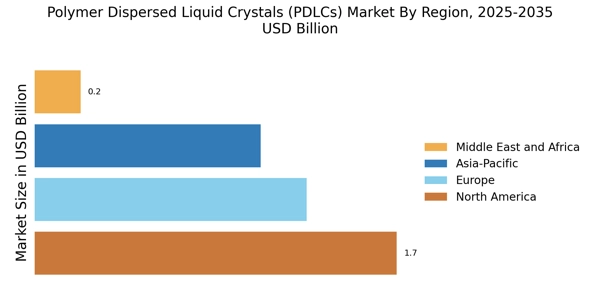

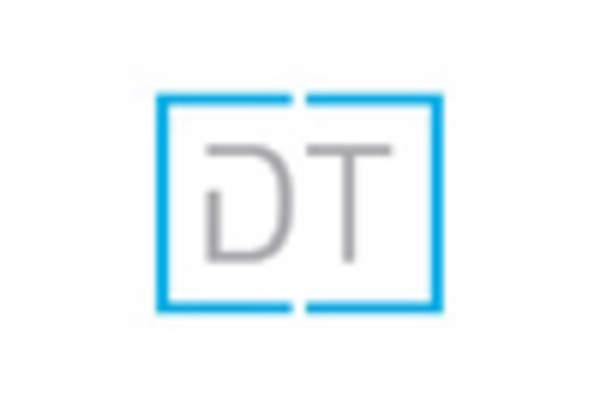
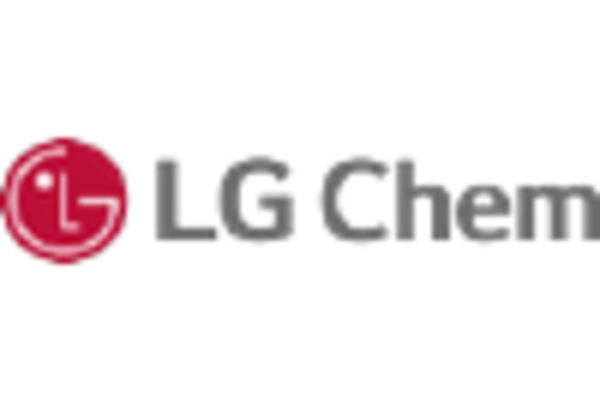

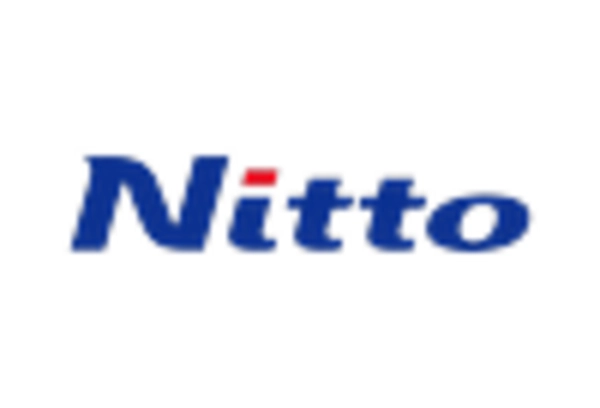
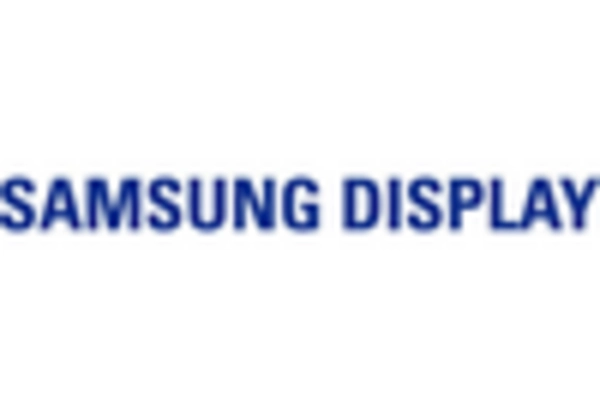








Leave a Comment